How Language Models Turn Text into Meaning, From Traditional.
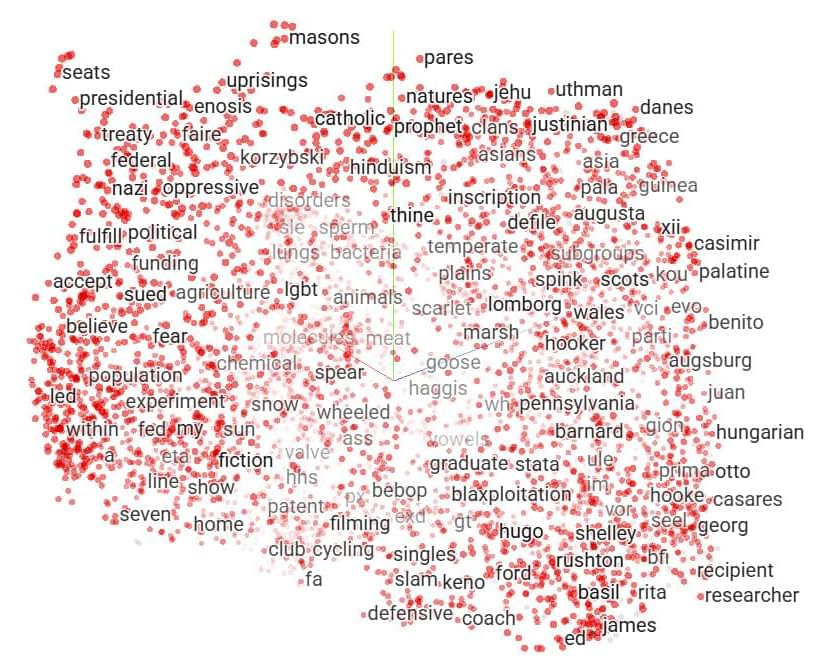

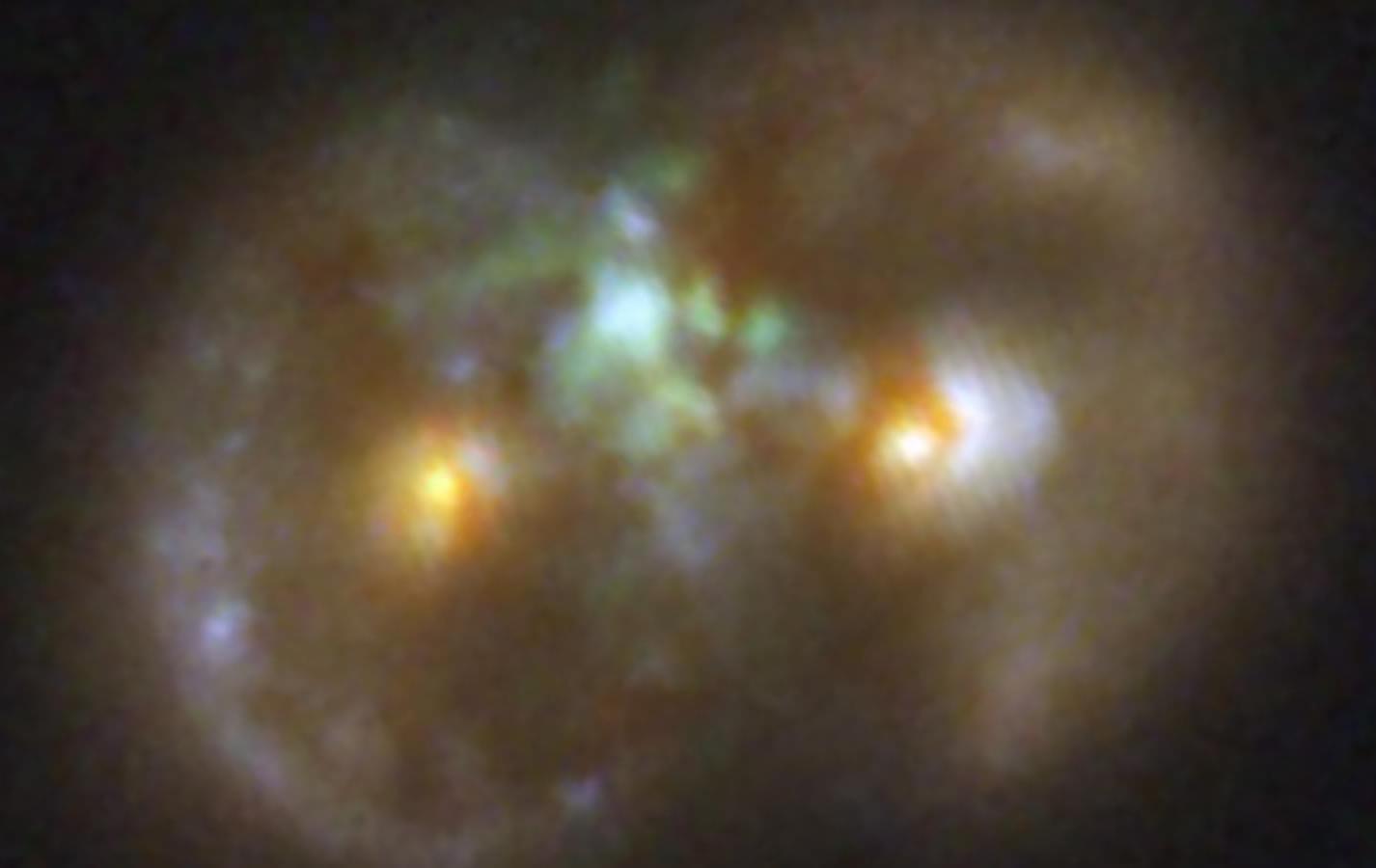
The researchers behind these findings uncovered the Infinity Galaxy while examining images from the JWST’s 255-hour treasury COSMOS-Web survey. In addition to the suspected direct collapse black hole that sits between the colliding galaxies, the team found that each nucleus of those galaxies also contains a supermassive black hole!
“Everything is unusual about this galaxy. Not only does it look very strange, but it also has this supermassive black hole that’s pulling a lot of material in,” team leader and Yale University researcher Pieter van Dokkum said in a statement. “The biggest surprise of all was that the black hole was not located inside either of the two nuclei but in the middle.
We asked ourselves: How can we make sense of this?

To analyze the genome of pancreatic cancer cells, NIST researchers used 13 distinct state-of-the-art whole genome measurement technologies, some of which were only recently developed.
Each method identifies the sequence of DNA nucleotides — adenine (A), cytosine ©, guanine (G) and thymine (T) — in an individual’s genome. However, the methods produce slightly varying results and have different strengths and weaknesses.
NIST’s dataset contains separate results for each of the 13 techniques used to sequence the cancer genome. Scientists performing their analysis can compare their data with NIST’s. If there are discrepancies, they can then determine whether their equipment is working properly and remedy the problem if not.

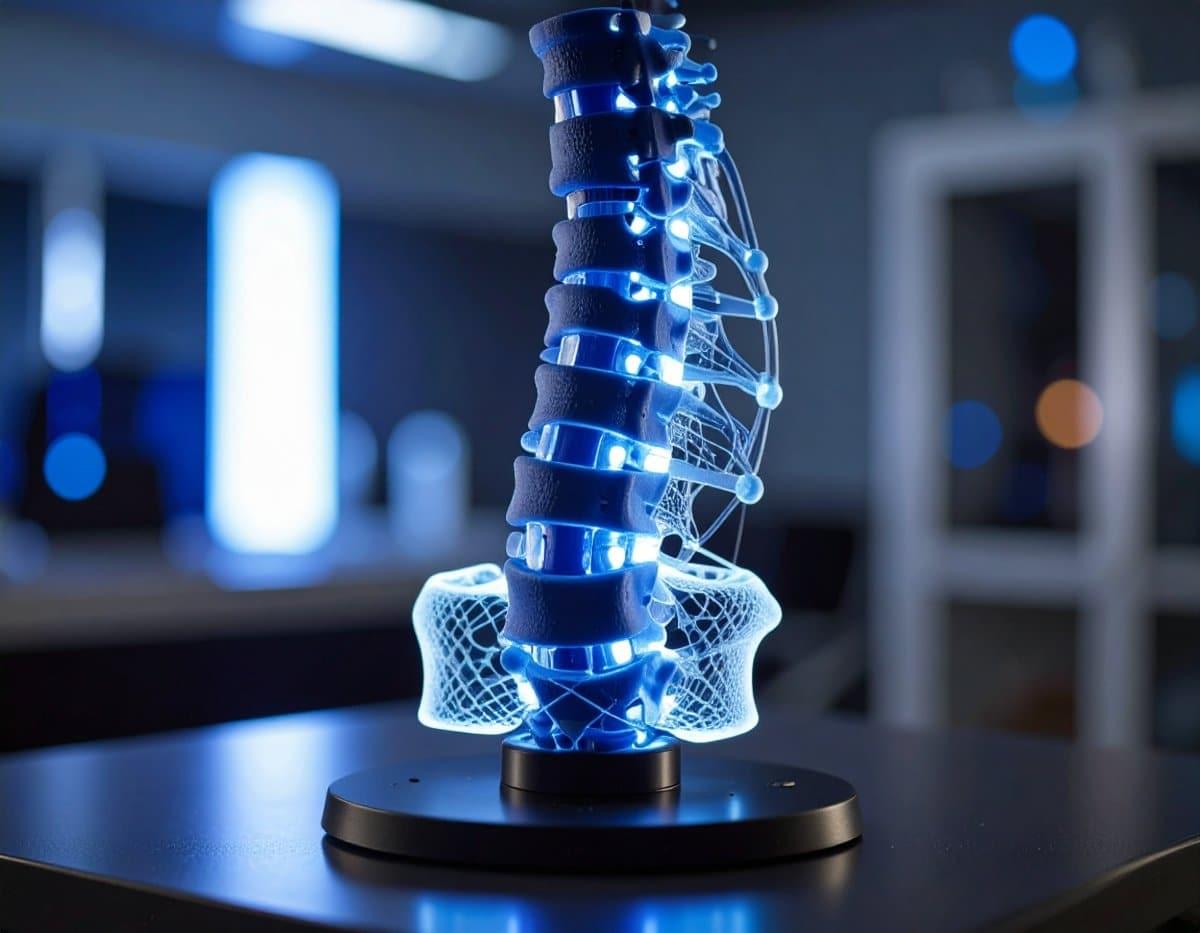
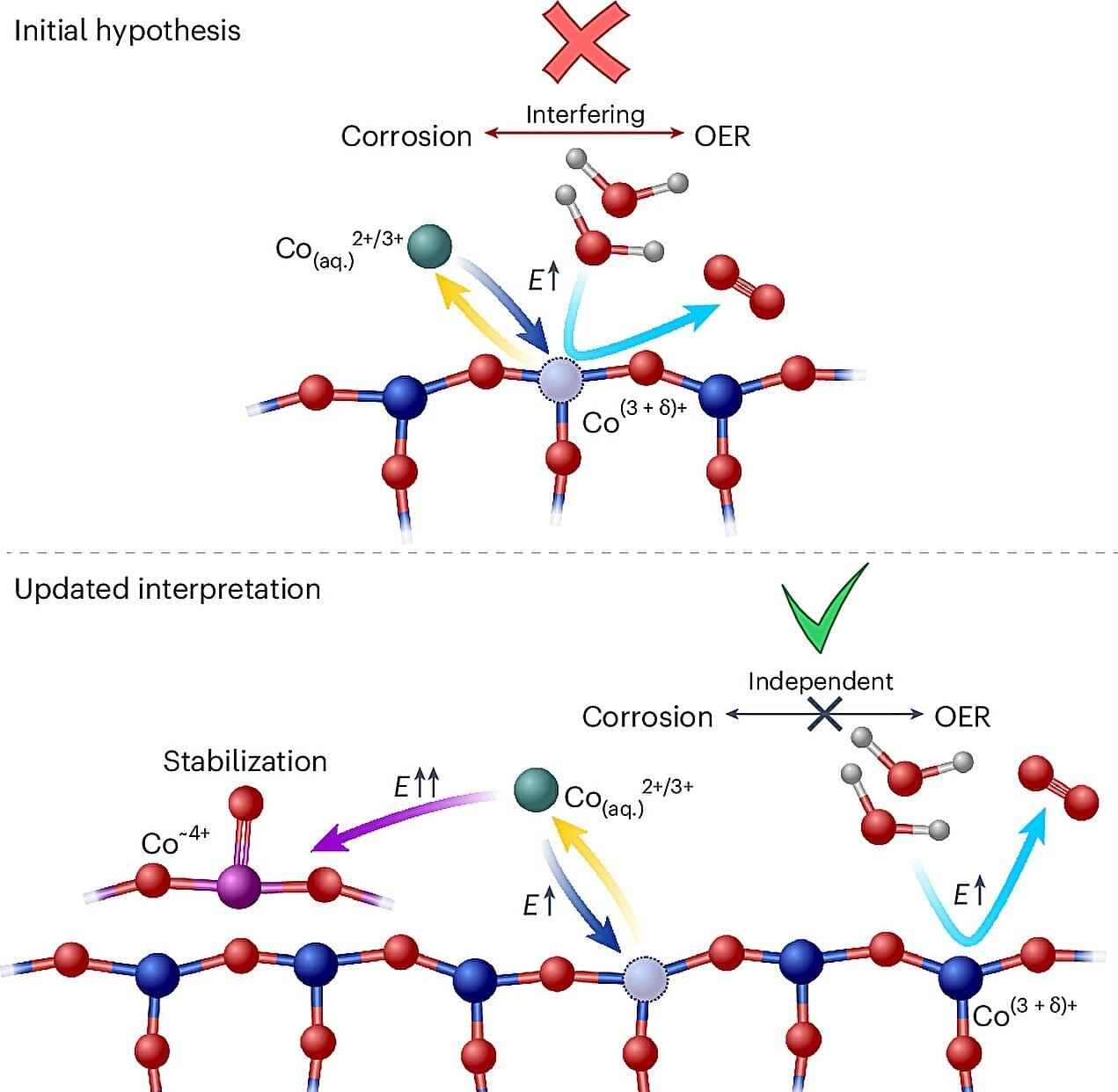
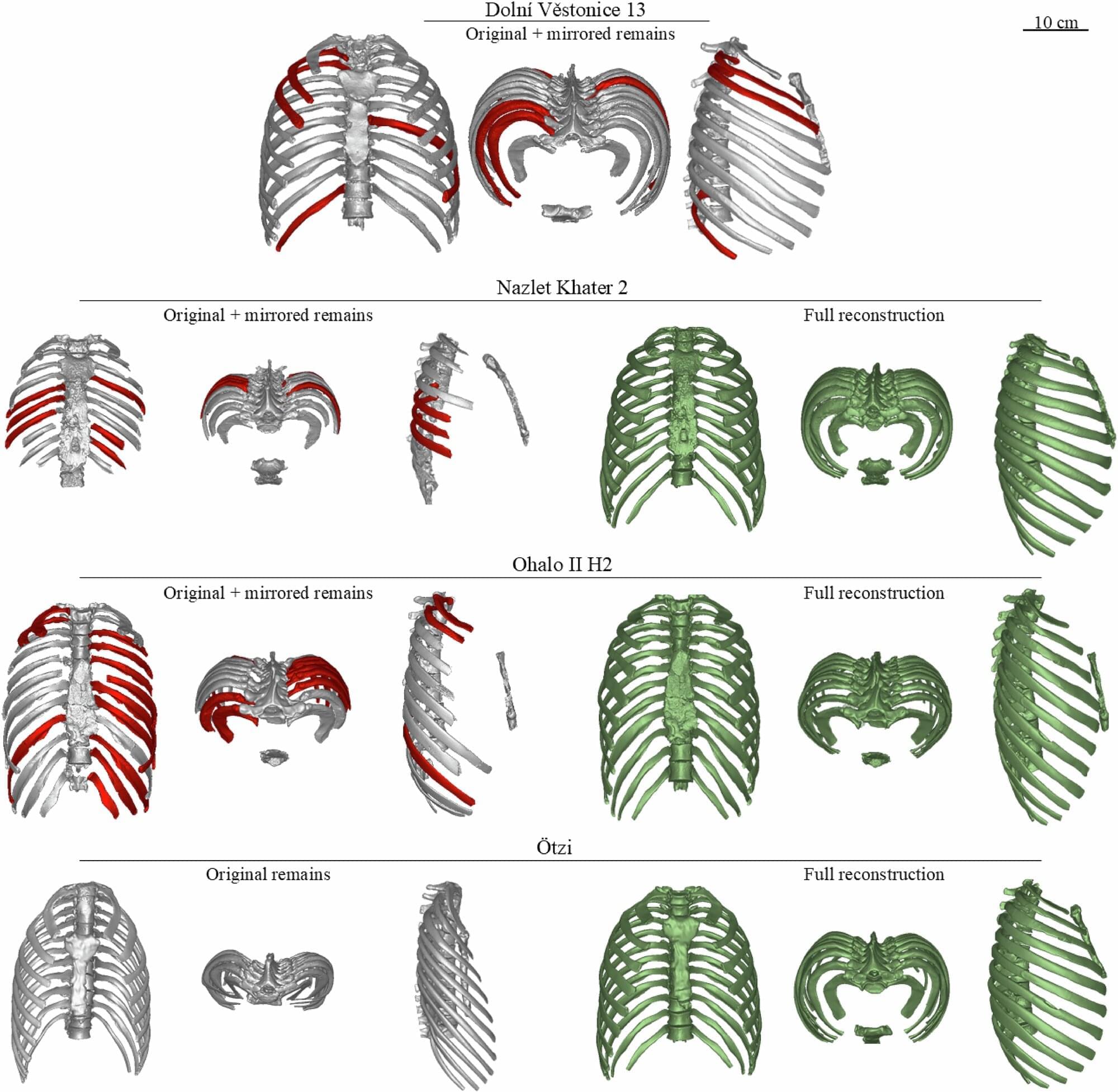
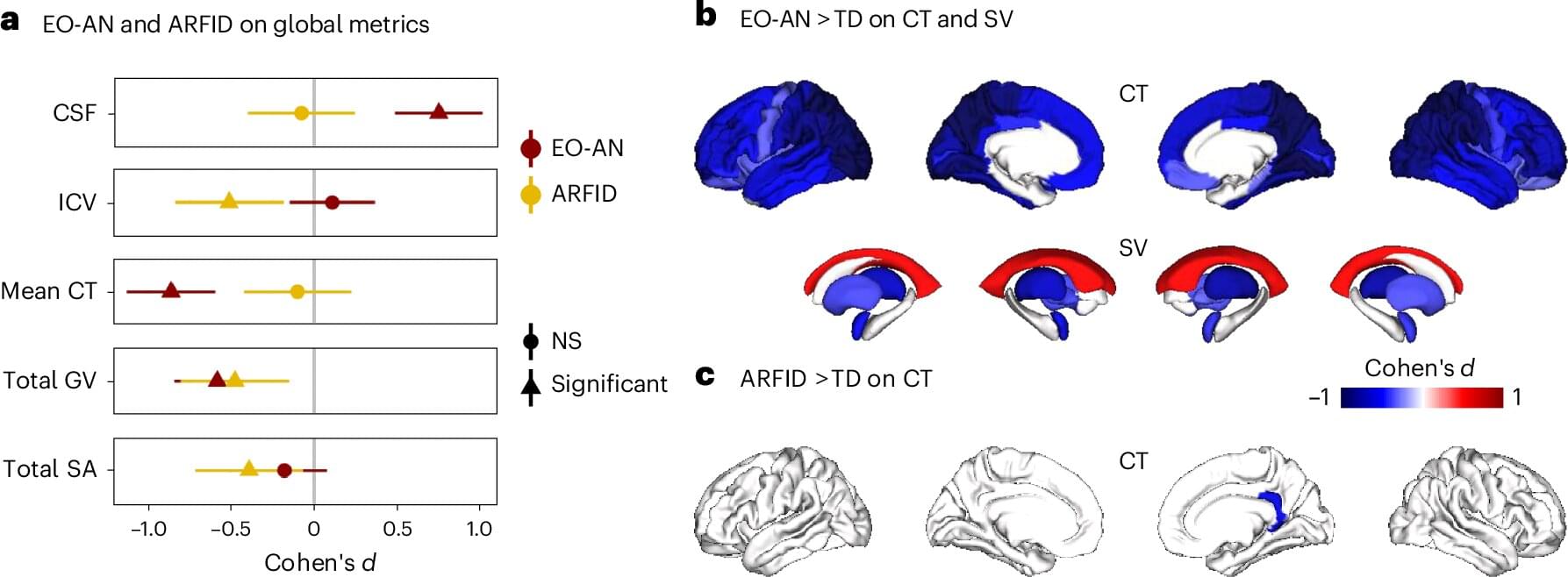
In the last decade, the incidence of restrictive eating disorders in children, like anorexia-nervosa and avoidant/restrictive food intake disorders (ARFID), has doubled. These disorders have severe consequences for growing children, resulting in nutritional deficiencies and problems with bone development, statural growth and puberty. Most studies have focused on the effects of these disorders in older individuals, and little is currently known about how restrictive eating disorders affect the brain in children or what mechanisms in the brain might be responsible for this restrictive eating behavior.
To get a better understanding of how these early-onset eating disorders work in the brain, researcher Clara Moreau and her team conducted MRI brain scans on 290 children, of which 124 had been hospitalized for early-onset anorexia-nervosa (EO-AN), 50 had been hospitalized for ARFID, and 116 were children with no eating disorders. All participants were under 13 years old, and those who were hospitalized had very low body mass index (BMI) due to restrictive eating. The results were published in Nature Mental Health.
Although EO-AN and AFRID both result in low BMI and malnutrition due to restrictive eating, they are distinct disorders. EO-AN—as well as later onset anorexia-nervosa—is characterized by restrictive eating arising from a distorted body image, while restrictive eating in AFRID arises from sensory issues, such as a dislike of certain food textures, a lack of interest in food or fear of negative health consequences from food. These differences indicate that the disorders probably arise from different mechanisms in the brain.
In a step forward for soft robotics and biomedical devices, Rice University engineers have uncovered a powerful new way to boost the strength and durability of silicone-based soft devices without changing the materials themselves. Their study, published in a special issue of Science Advances, focuses on printed and musculoskeletal robotics and offers a predictive framework that connects silicone curing conditions with adhesion strength, enabling dramatic improvements in performance for both molded and 3D-printed elastomer components.
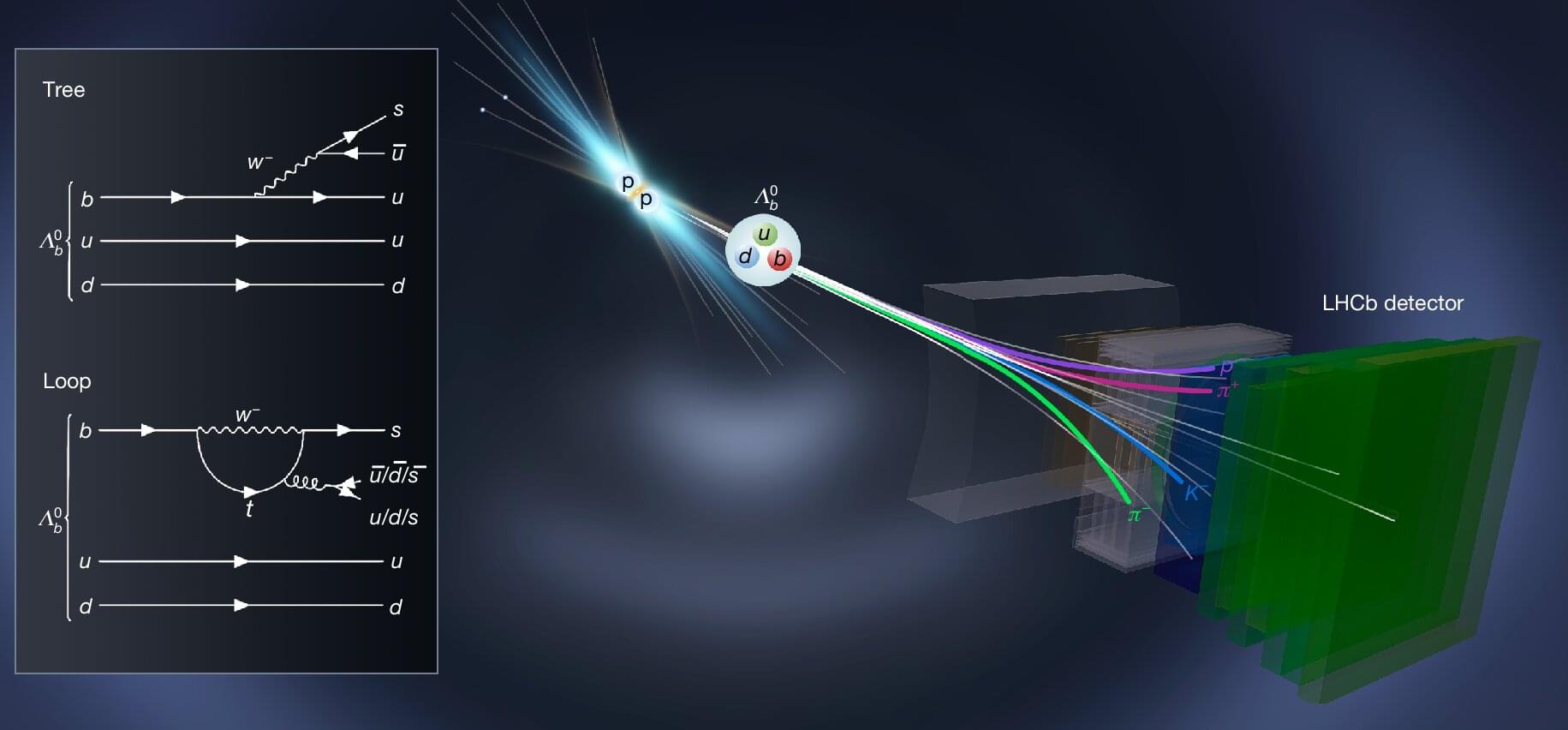
The first-known observations of matter–antimatter asymmetry in a decaying composite subatomic particle that belongs to the baryon class are reported from the LHCb experiment located at the Large Hadron Collider at CERN. This effect, known as charge–parity (CP) violation, has been theoretically predicted, but hitherto escaped observation in baryons. The experimental verification of this asymmetry violation in baryons, published in Nature this week, is important as baryons make up most of the matter in the observable universe.
Cosmological models suggest that matter and antimatter were created in equal amounts at the Big Bang, but in the present-day universe matter seems to dominate antimatter. This imbalance is thought to be driven by differences in the behavior of matter and antimatter: a violation of symmetry known as CP violation.
This effect has been predicted by the Standard Model of physics and observed experimentally in subatomic particles called mesons more than 60 years ago, but never previously observed in baryons. As opposed to mesons, which are formed by two quarks, baryons are formed by three quarks—particles that make up most of matter such as neutrons and protons are baryons.